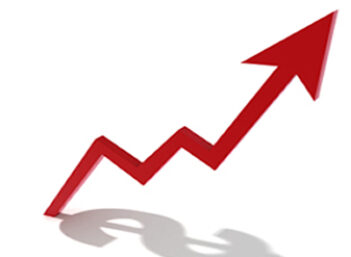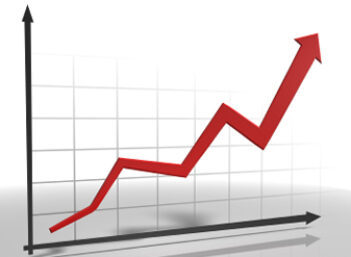One of the most useful tools to decipher market sentiment is the Put/Call ratio. Market sentiment is a pretty easy concept to understand. It's simply the overall mood of the market. For example, if you spot the S&P 500 at 1,000 in April, but at 800 in July, it's fair to say that sentiment is negative.
But while it's simple to gauge market sentiment after the fact, it's much more difficult to gauge sentiment in the present -- and even more difficult to gauge shifts in market sentiment. That's where the put/call ratio can help.
The ratio is simply the ratio of put options traded compared to call options traded. For example, if there is one put traded for every two calls, then the ratio is 0.50 (1/2 = 0.50). While the put/call ratio is a measure of options activity, it is useful in analyzing equity markets. In particular, it can help us judge current market sentiment, and thus, where the market might move next.
A Contrarian Indicator
As market sentiment becomes more put/call ratio, the put/call ratio increases as investors flock to put options (which gain when stocks fall). Conversely, the put/call ratio declines when the market is on the rise and bulls are seeking to amplify their returns by purchasing call options.
Knowing this, it may seem logical to join the trend and buy puts when the put/call ratio is high and buy calls when the put/call ratio is low. But the ratio is usually considered a contrarian indicator. This means when the put/call ratio reaches extreme levels, investors typically want to invest in the opposite direction.
Look at this way: If investors buy large amounts of put options during a market decline, they'll pay a higher premium for them, especially if the options are already 'in-the-money.' Call options, on the other hand, will be cheap because there aren't as many buyers. Beyond that, extreme periods of bullishness or bearishness are usually followed by big moves in the opposite direction (consider the bull market we saw in 2009). So when you go against the grain using the put/call ratio, you're positioning yourself to profit if the current trend reverses course.
Extreme levels for the put/call ratio would be considered 0.80 or higher (indicating eight puts are traded for every ten calls) and anything below 0.50. (Note: Due to the fact that most investors prefer to trade the 'long' side, more calls are typically traded than puts.) Be advised the points that denote extreme levels of sentiment change depending on market conditions, but the levels mentioned are a good reference.
You Have To Be Patient With The Put/Call Ratio
It's best to think of the put/call ratio as more of a psychological indicator than a tool of fundamental or technical analysis. That makes using this ratio all the more useful because investor behavior doesn't change much over time. Just think back to all the market peaks and bubbles in recent memory.
These ebullient times lead to extreme bullish readings in the put/call ratio. And history has shown they come to violent ends.
But it's important to understand that extremes in the ratio can appear for some time. In that regard, the put/call ratio can be tricky. Investors can see an extreme reading in the same direction for months and go against that trend only to lose money because the trend didn't break before the investors' options expired.
So while the ratio can be an effective money-maker, it should not be the only leg you stand on to formulate your investment thesis. Free put/call ratio data is available from the Chicago Board of Options Exchange, and it is advisable for investors to study the past behavior of the market during extreme periods of sentiment to position themselves to exploit the next bubble or bear market using this ratio.



